Finding the Form with Gillie Easdon
Tw: finding a corpse
I wrote a list of ten memories that stick. You know the ones you can call up from decades ago that are always all-senses-high-def? Do you have some? It’s a curious exercise I certainly recommend. Especially if you relish productive procrastination. Here are a few from my list:
The bus driver’s gloved hand emerged from the window in thanks for braking so the bus could pull from the curb, downtown Victoria, BC 2005.
The fresh lamb couldn’t walk straight, Opio, NZ, 1999.
My newborn being rushed to my breast, Victoria General, 2010.
Once complete, I reviewed the list. Some memories were obvious contenders, others, not so much. No idea why that gloved hand stuck. Next, I wondered what would happen if I mulled over each image one by one. Would it sprout a new story of its own? Where would it go? This is where my currently unpublished interconnected collection of short fiction, Little Always Big, began. My fiction short story in issue 169 of The New Quarterly, Slippery Mind Allegiance, is one of the tales that bloomed from this deeply creative, immersive and fairly inefficient process.
I began, carrying one memory around with me, rolling it like a marble in my mouth as I went about the day. Chewed on it. Anchored and breathed into it to see where it would wander.
The memory seed for Slippery Mind Allegiance is turning a corner outside our condo in Tamsui, a seaside district in New Taipei City, Taipei. The cicadas are screaming. Two feet are
sticking out of a raised hedge on August 1, 1999—The worst moment of my entire life and the end of his. My soulmate and fiancé had fallen 15 floors (or was it 14? I don’t remember anymore)—A late night early morning party accident. No one commits suicide on e., but I’ll never know if I’m right. “I saw the feet first.”
For Slippery Mind Allegiance, I held that image in my mind and heart over a few weeks. It detached from my story and began its own unfurling. A dead teen in a rhododendron in Victoria. Our opioid crisis, an uncomfortable conversation between an adult son and his mother over a game of crib. I did pull the foot grabbing in the pool from another unpublished story that was fun to write but gratuitous-dark—the woman in that story kept getting banned from hobbies and sports she tried. But Aunt Rose was new. She surfaced from the mulling.
Short stories, as a genre, occupy a tender place in my heart—the specificity and brevity, a concentration that must not feel too squished or rushed. The distance I can travel in a single short story is deeply satisfying. Plus, I can usually finish them the same day I start. I love writing dialogue, especially when I can sense the personalities in my head. It feels more like transcribing than inventing. Fiction gives me more room to explore and also lets me stay backstage. I recently read Superfan: How Pop Culture Broke My Heart, by Jen Sookfong Lee. I devoured the raw, straight-up vulnerability and honesty, especially with her masterful writing, humor, and the interweaving of pop culture. I related to a lot of it. It was an important and gouging read. But it also reinforced that I do not want to write a memoir anytime soon. Too centre-stage, too exposed, too much feeling and sharing lol.
The hardest part of writing Slippery Mind Allegiance was playing both hands of crib and writing it down without losing track, mainly because I have a crib board with a blue resin crest without numbers and it is very easy to lose track. That took a few attempts. Plus, it’s easy to forget
whose turn it is when you are playing both ; )
Thanks for reading, sing out if you have questions. I’d be happy to chat.
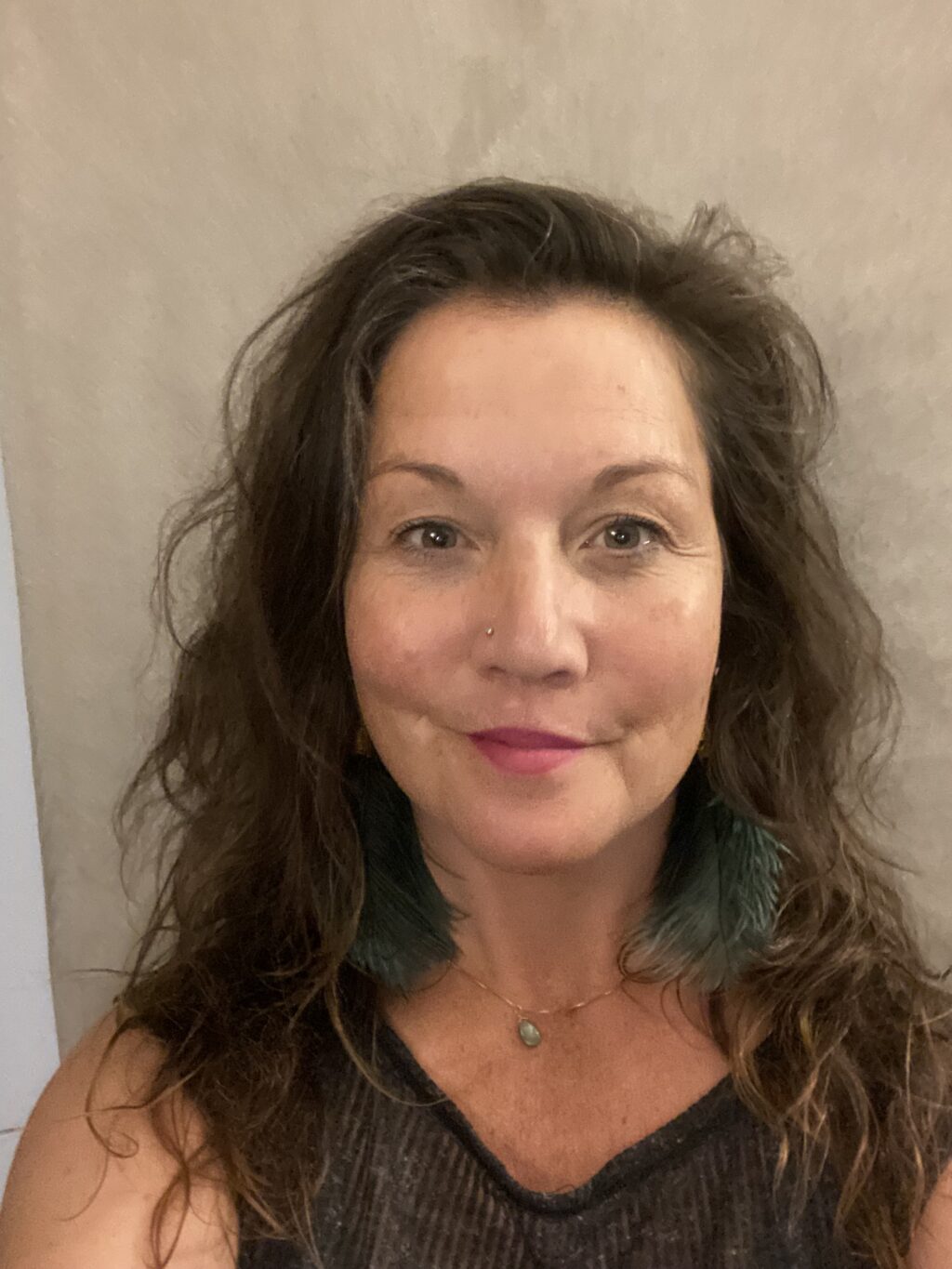
This piece is Gillie Easdon’s first published fiction. It is part of Little Always Big, a yet unpublished interconnected short fiction collection that explores aspects of tenderness, inspired by memories that stick. She’s a writer and single mom in Victoria BC.
email: hello@gillieeasdon.com
instagram: @gillie.easdon
Photo Courtesy of iStock Getty Images

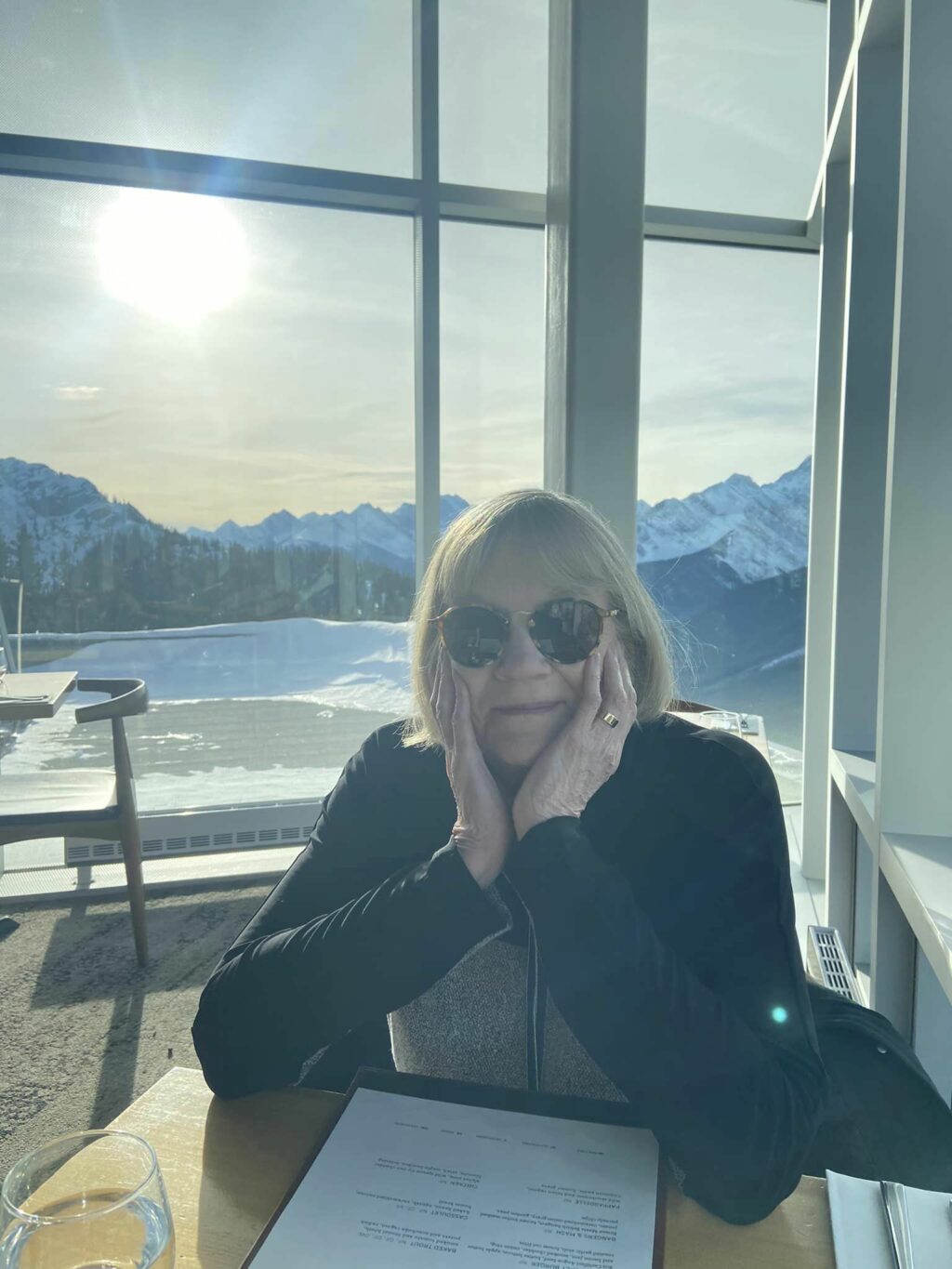
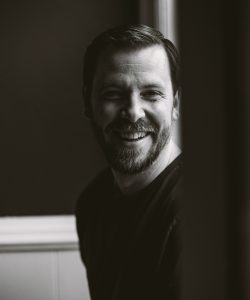
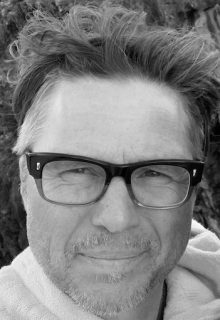
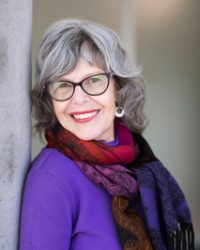
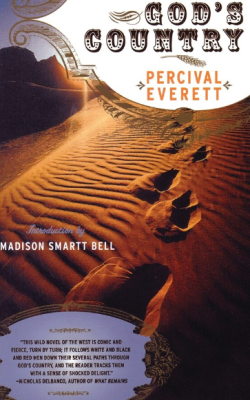
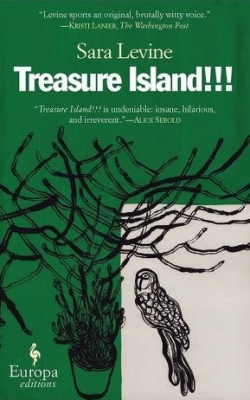
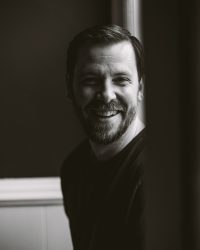

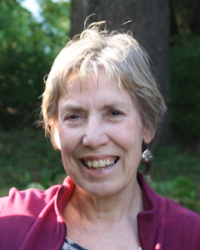
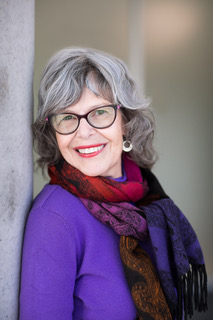
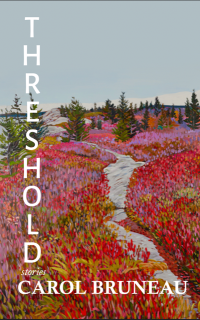

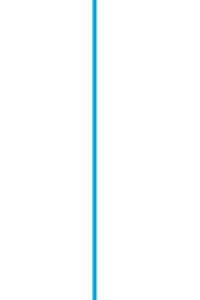
You must be logged in to post a comment.